- Kyoto, Kimonos, and Literature: The Timeless Connection of the Heian PeriodKyoto, Kimonos, and Literature: The Timeless Connection of the Heian Period
- Introduction: Kyoto, the Cultural Heart of the Heian Period
- The Heian Period: A Golden Age of Japanese Culture
- Kimonos in the Heian Court: More than Clothing
- Genji Monogatari: The Tale of Genji and the World of Kimonos
- Waka Poetry: Fashion in Verse
- The Shared Aesthetic: Mono no Aware
- Kyoto Today: Walking in the Footsteps of the Heian Aristocracy
- How to Experience Kimono and Literature in Modern Kyoto
- The Enduring Connection
Kyoto, Kimonos, and Literature: The Timeless Connection of the Heian PeriodKyoto, Kimonos, and Literature: The Timeless Connection of the Heian Period
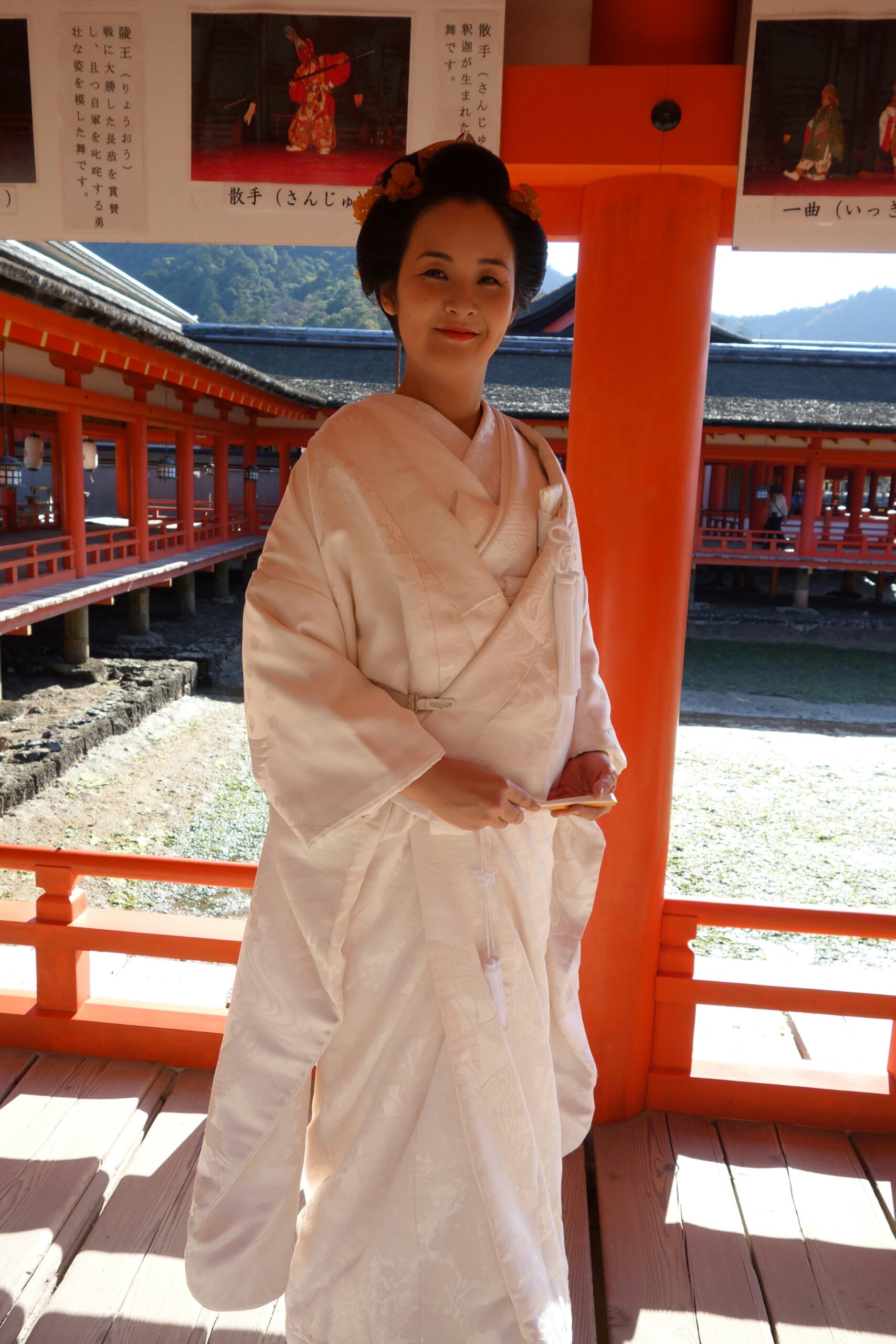
Discover the timeless connection between fashion and literature in Japan’s cultural capital
Introduction: Kyoto, the Cultural Heart of the Heian Period
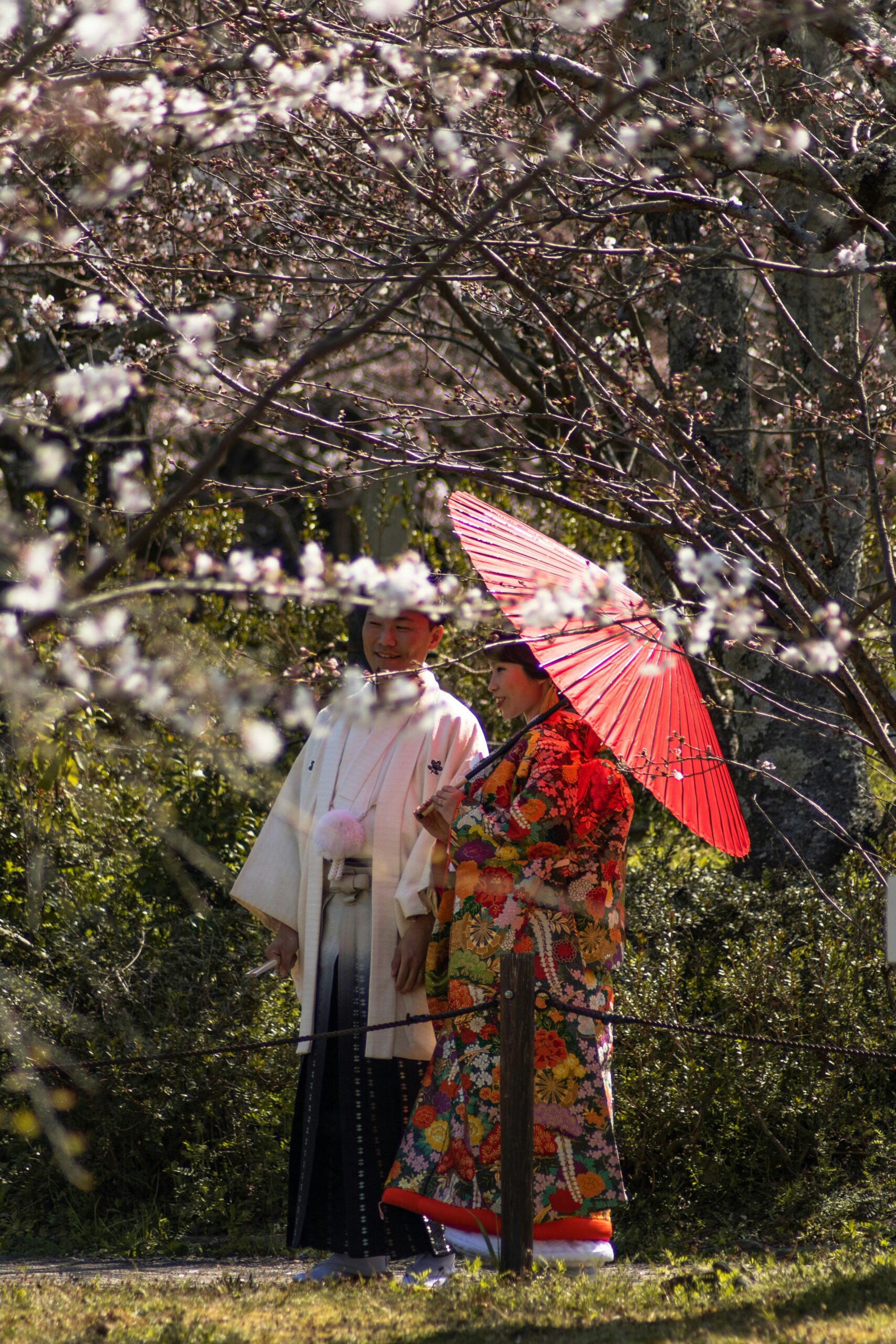
When people think of Japanese history, Kyoto often comes to mind as the beating heart of tradition. From the year 794, when the imperial court moved to Heian-kyō (modern-day Kyoto), this city became the center of politics, art, fashion, and literature for centuries. Among the many symbols of this period, the kimono stood as both a garment and a poetic expression of identity.
In this article, we will explore the deep connection between kimonos and literature during the Heian period, examining how they appear in classic works like The Tale of Genji (Genji Monogatari) and waka poetry. We will also see how Kyoto today preserves this heritage, and how you can experience it yourself—perhaps even in a professional kimono photoshoot in the streets of Kyoto (book your session here).
The Heian Period: A Golden Age of Japanese Culture
The Heian period (794–1185) is often called the “classical era” of Japan. It was during this time that the court aristocracy defined what it meant to live beautifully. Aesthetic values—elegance, refinement, and sensitivity—were essential to life in the capital.
Kyoto as the Imperial Capital: Known as Heian-kyō, it became the stage where emperors, courtiers, poets, and artists created a culture that continues to inspire.
The Rise of Literature: Many literary masterpieces were written by women of the court, who captured not only the politics but also the emotions and aesthetics of daily life.
The Role of Fashion: Clothing was not simply functional; it reflected rank, taste, and poetic sensibility. The kimono, in its early forms, was central to this cultural display.
Kimonos in the Heian Court: More than Clothing
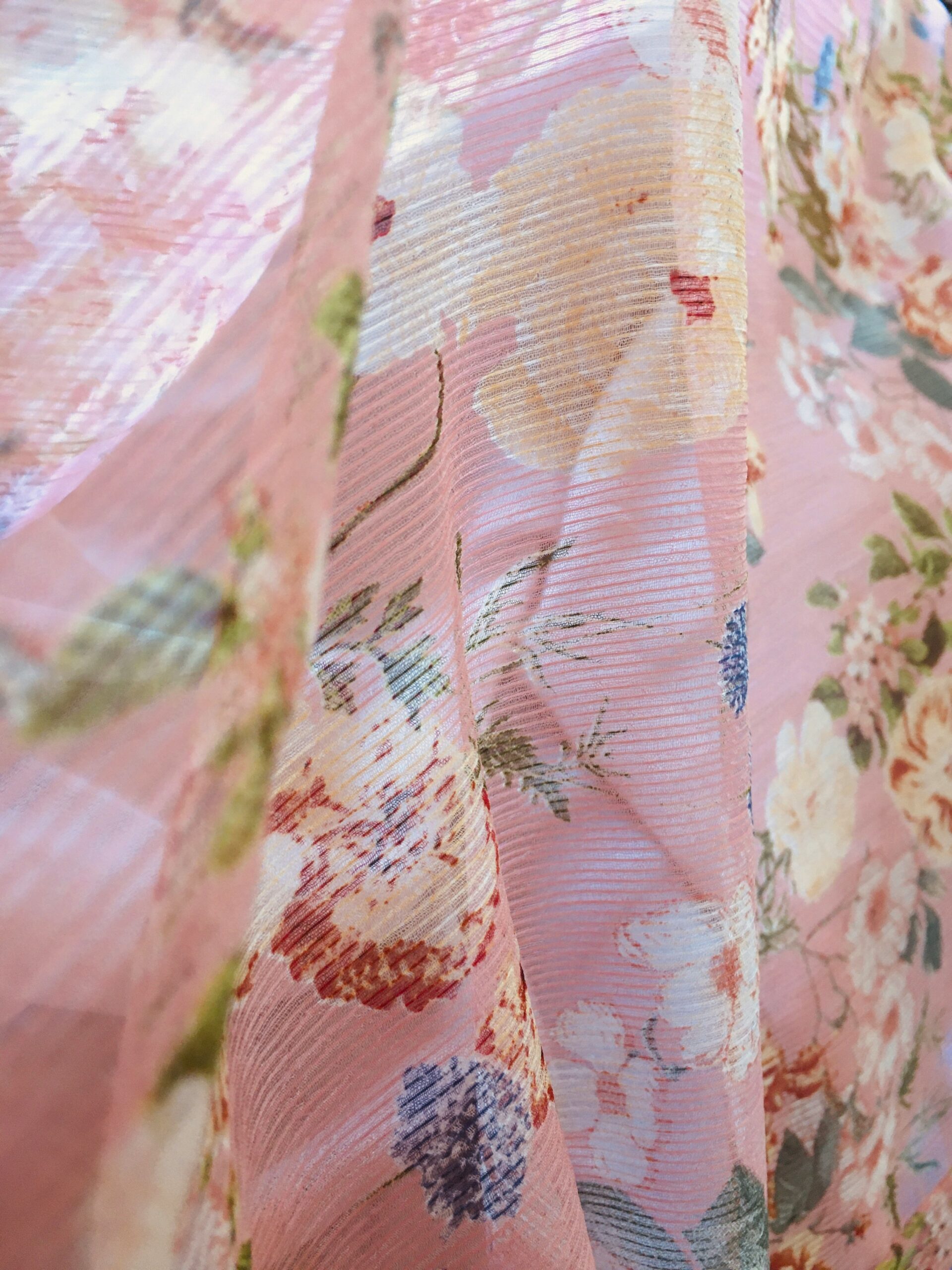
During the Heian period, what we now call the kimono was in development. The style was called sokutai for men and jūnihitoe (twelve-layered robe) for women.
Symbol of Rank and Identity: The number of layers, the harmony of colors, and the choice of seasonal motifs were all carefully chosen.
Seasonal Aesthetics: Just as waka poets described the beauty of spring blossoms or autumn leaves, Heian courtiers expressed these themes through the colors of their robes.
A Silent Language: Much like poetry, the kimono spoke for its wearer. A refined sense of matching colors was a sign of deep sensitivity (mono no aware).
The connection between poetry and fashion was not accidental. Both were part of the same aesthetic world.
Genji Monogatari: The Tale of Genji and the World of Kimonos
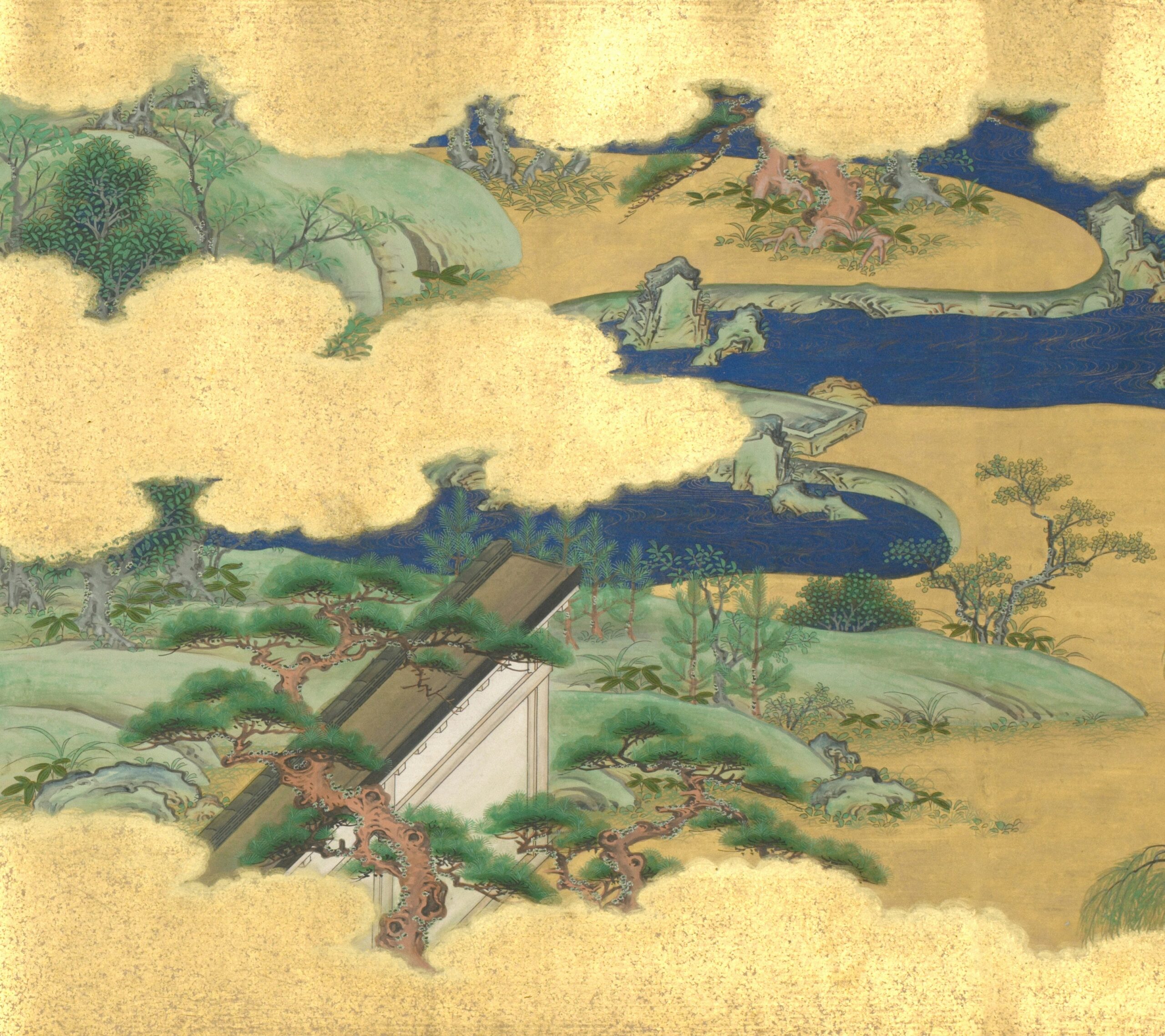
Written by Murasaki Shikibu in the early 11th century, The Tale of Genji is considered the world’s first novel. This monumental work is not only about courtly romance—it is also a detailed description of Heian aesthetics.
1. Clothing as Characterization
Murasaki often described characters by the elegance of their robes. A man’s or woman’s beauty was inseparable from how their clothing reflected their inner refinement.
2. Color Symbolism
Colors had poetic meaning. For example:
- Light green layers might suggest spring freshness.
- Deep reds and purples symbolized passion and nobility.
3. Kimonos as Emotional Expression
In Genji Monogatari, exchanging garments was sometimes as intimate as writing poetry. A gift of robes could convey emotions too delicate for words.
Waka Poetry: Fashion in Verse
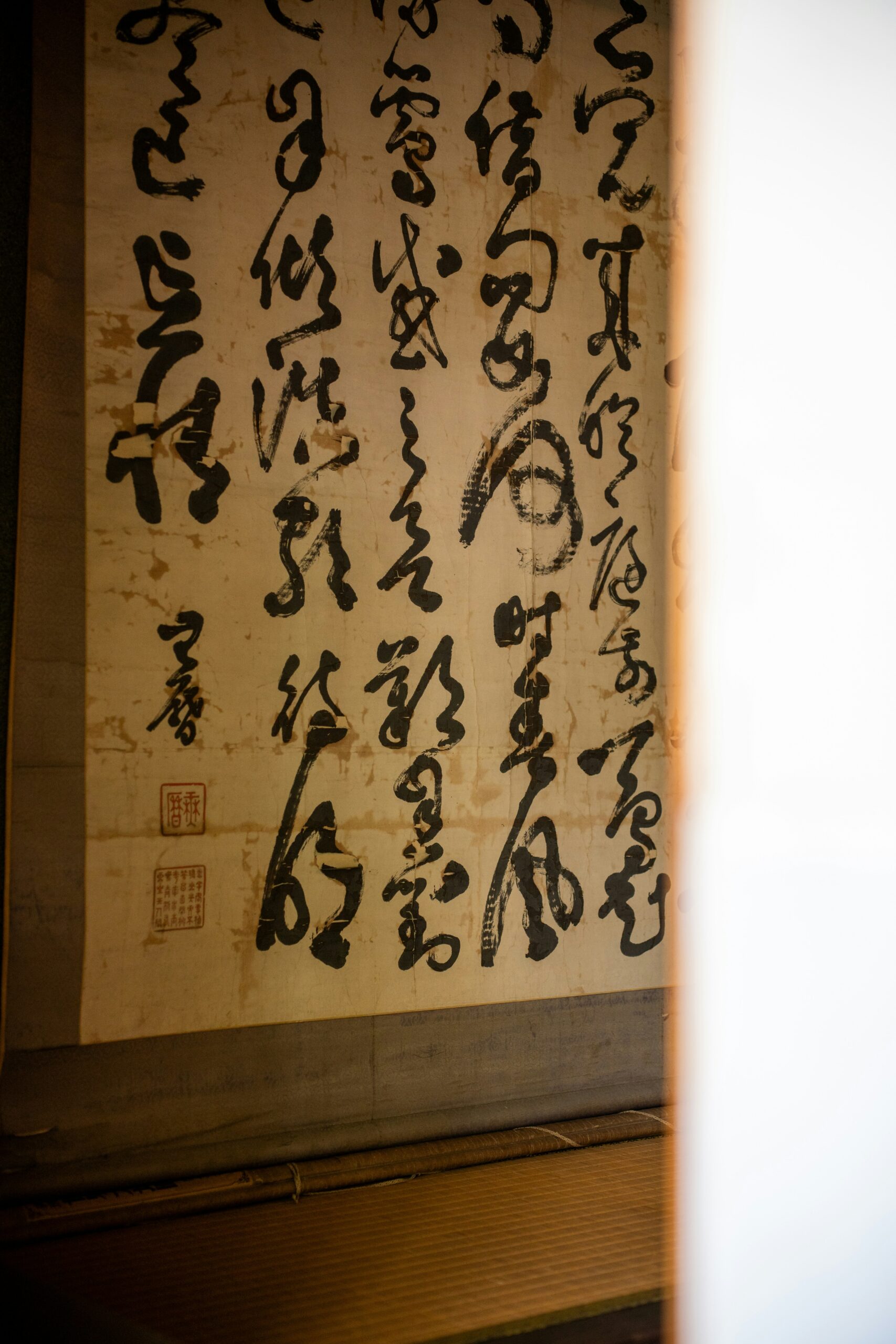
The Heian court produced thousands of waka poems (31-syllable verses). These poems often referenced clothing and seasonal motifs.
Nature and Fashion: A poem might describe cherry blossoms while also comparing them to the whiteness of a robe.
Romantic Exchanges: Lovers exchanged poems and garments together, blending literature and fashion into one.
Collections: In anthologies like the Kokin Wakashū, we see how fashion entered poetic imagery.
Example (adapted translation):
“The sleeves of my robe, heavy with tears,
mirror the weight of spring rains.”
Here, the kimono sleeve is both literal and metaphorical—showing how deeply woven fashion and literature were in courtly life.
The Shared Aesthetic: Mono no Aware
Both kimonos and literature reflected the concept of mono no aware—the sensitivity to the fleeting beauty of life.
A fading flower, a passing season, or the delicate layering of robes all spoke to the same awareness of impermanence.
Kyoto, as the stage for these sensibilities, remains the city where this tradition is most vividly preserved.
Kyoto Today: Walking in the Footsteps of the Heian Aristocracy
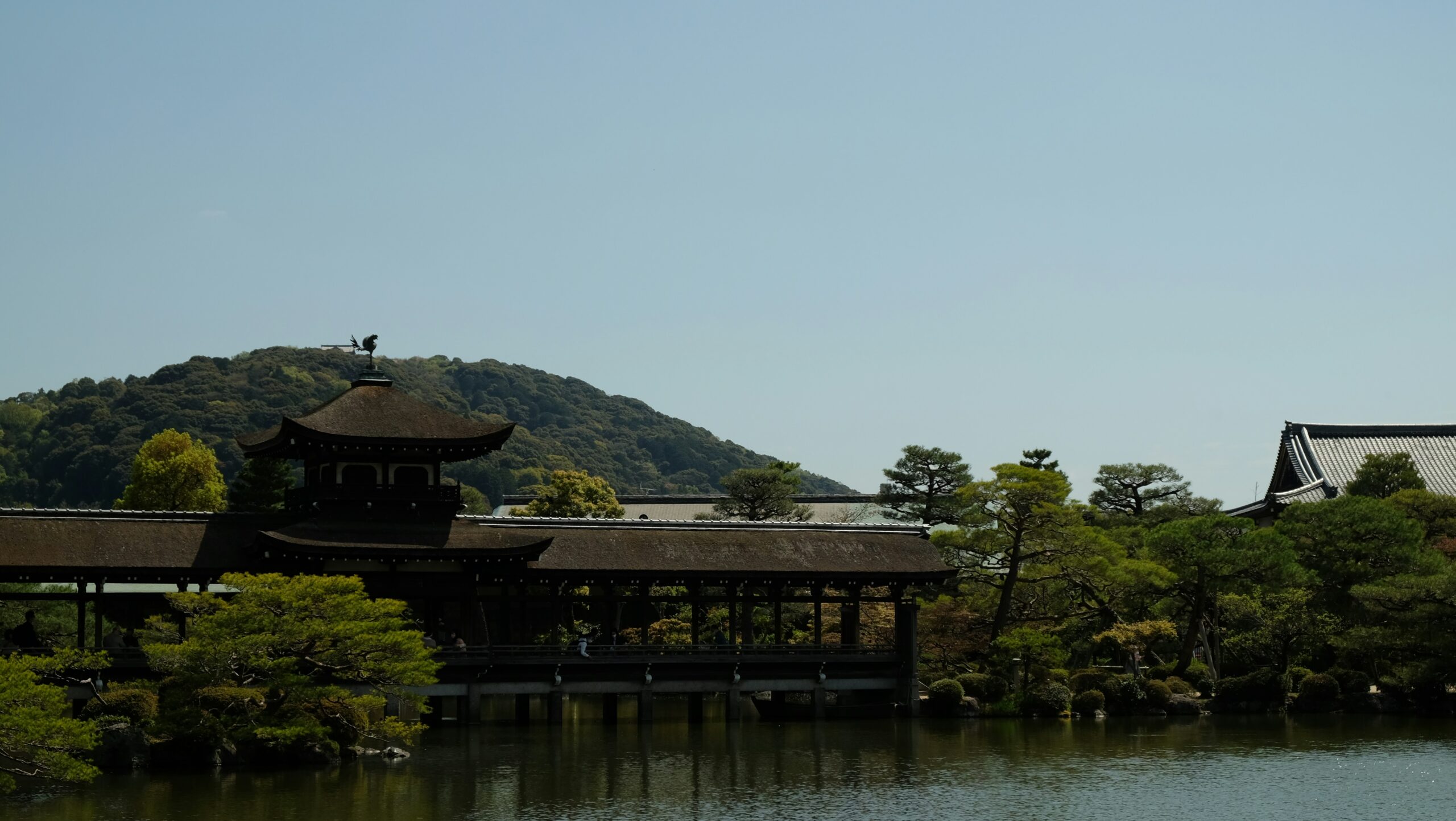
Even though centuries have passed, Kyoto still breathes Heian culture. From shrines and temples to seasonal festivals, visitors can experience the spirit of the era.
Places to Experience Heian Literature and Kimono Culture:
- Byōdō-in Temple (Uji): Associated with Genji Monogatari.
- Kyoto National Museum: Exhibits Heian-era textiles and literary artifacts.
- Heian Shrine: Built to commemorate the 1100th anniversary of Kyoto’s founding.
And of course, the most direct way to connect with the Heian aristocracy is to wear a kimono yourself while strolling through Kyoto’s historic streets.
👉 For an unforgettable experience, you can book a professional kimono photoshoot with AllPhotos Kyoto.
How to Experience Kimono and Literature in Modern Kyoto
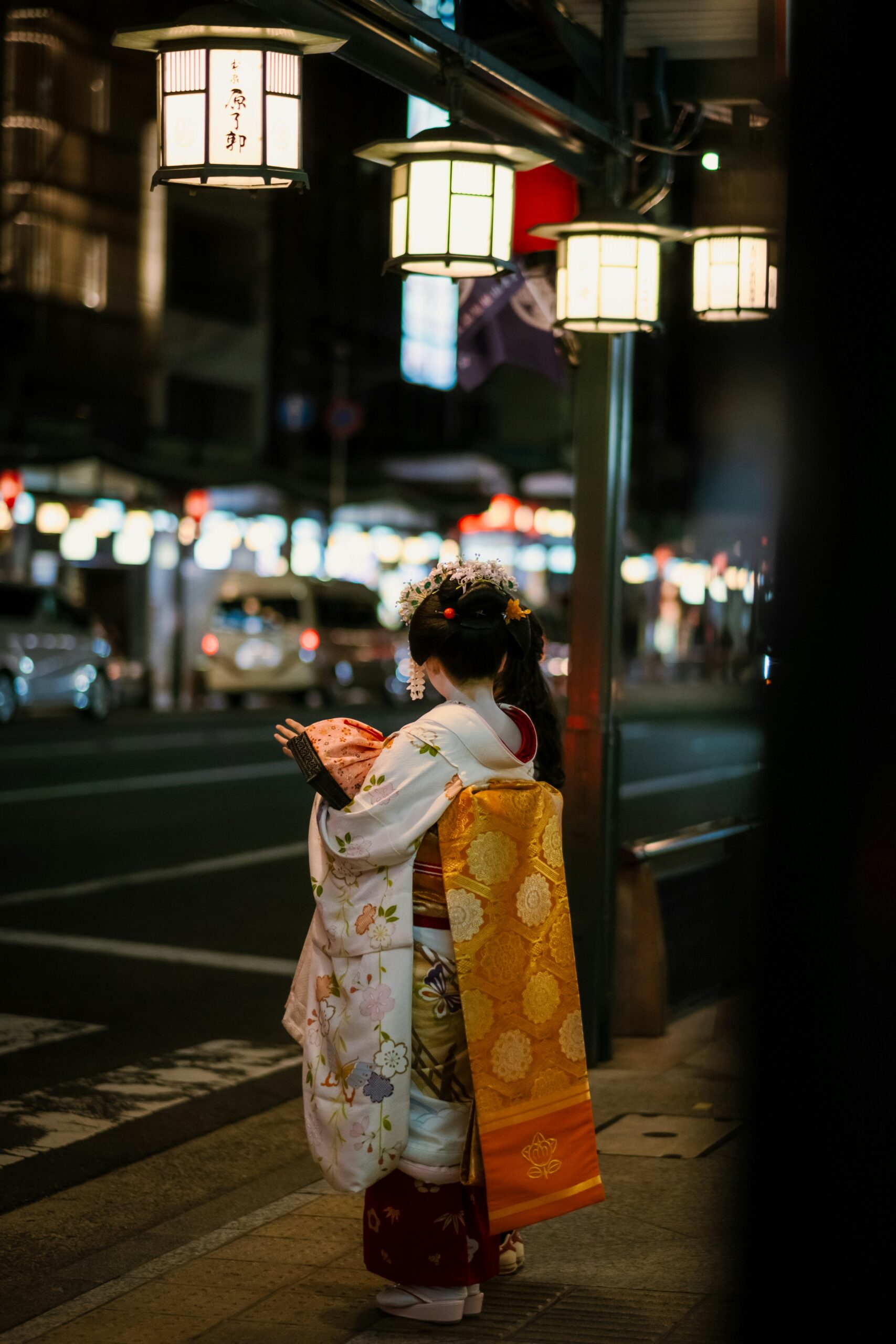
If you are visiting Kyoto and want to connect with its Heian past, here are some ideas:
Kimono Rental & Photoshoot
Walk through Gion or near Kiyomizu-dera dressed in a kimono. Professional photographers capture you in timeless settings.
Literary Pilgrimage
Visit Uji to explore places mentioned in Genji Monogatari.
Attend Cultural Festivals
Events like Aoi Matsuri recreate Heian costumes, giving a living picture of the period.
The Enduring Connection
The Heian period shows us that literature and fashion were inseparable. The kimono was not just a garment; it was a poem woven in silk. Works like Genji Monogatari and waka poetry remind us that in Kyoto, beauty was never a luxury—it was a way of life.
Today, whether you read Heian poetry, visit Kyoto, or step into a kimono yourself, you become part of this thousand-year-old story.


コメント